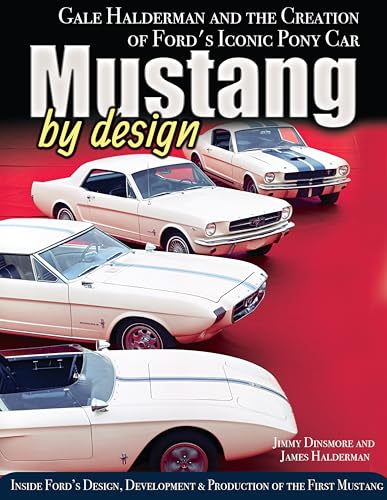- Joined
- Feb 29, 2012
- Messages
- 1,582
- Reaction score
- 8
- Location
- SoCal
- My Car
- 73 Mustang Convertible
Born an I-6, spent the teenage, 20 and 30 years as a 302, but at 40 will reach full potential as a 351C.
I am getting ready to install my 351C crankshaft...just waiting of the engine paint to dry.
I was just going to check it with plastigage, as I did for my first rebuild. But then the 385 forum guys kind of scared me into thinking I should get a guage.
So I looked for a gauge and went ARE YOU KIDDING ME????
Anyone have a good source for an accurate inside micrometer good to 3.5"?
Thanks.
I was just going to check it with plastigage, as I did for my first rebuild. But then the 385 forum guys kind of scared me into thinking I should get a guage.
So I looked for a gauge and went ARE YOU KIDDING ME????
Anyone have a good source for an accurate inside micrometer good to 3.5"?
Thanks.





















































